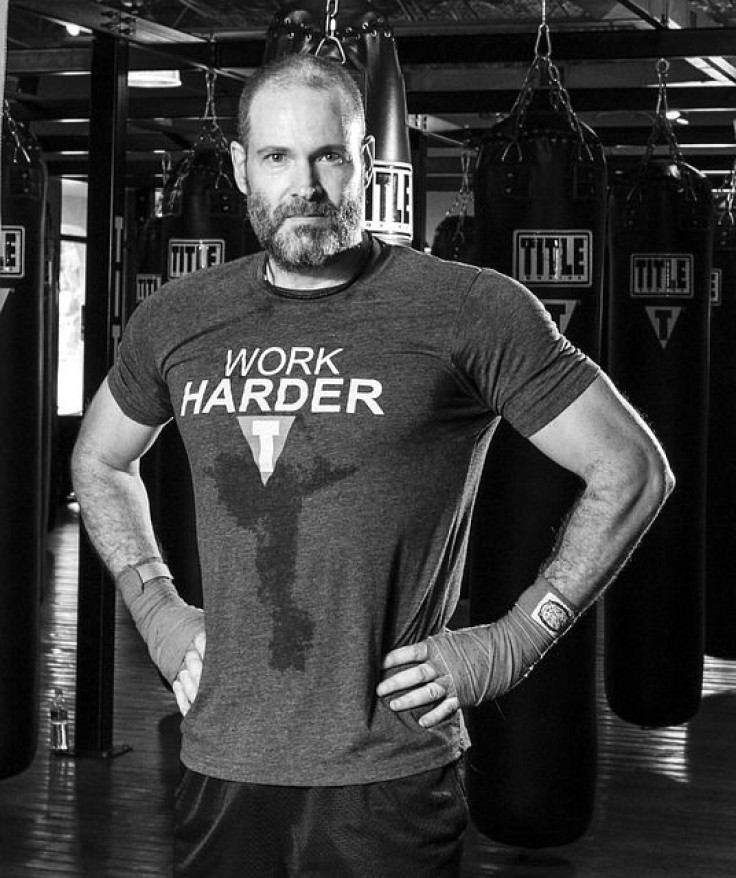How To Get More Exercise: Adults 50 And Older Don't Work Out Enough, Analysis Shows

More than 25 percent of adults ages 50 and older are not exercising enough, according to a recent report from the U.S. Centers for Disease Control and Prevention (CDC).
Research has shown physical activity among all age groups lowers the risk of various chronic diseases, which older people are more likely to develop, which makes exercise in this age bracket even more important.
Researchers crunched the numbers from a 2014 national survey regarding health and focused on answers from thier target age group, those 50 and older, in order to determine which were inactive. In this case, inactivity was defined as “moving around only to accomplish routine daily duties,” Healthday reported.
More than 30 million Americans fit that definition, the study showed. Additionally, the study found the older an individual is, the less exercise they get. Twenty-five percent of people aged 50 to 64 were inactive, 27 percent between 65 and 74 were inactive, and 35 percent of those 75 and older didn't get exercise.
A variety of programs exist that older Americans can take advantage of. Mirabai Holland, CEO at NuVue Digital Media, has been providing content on healthy aging for over 20 years. Holland previously told Fox News adults 50 and older should try a combination of cardio, strength training, flexibility training, balance training, and core training.
Cardio can be anything using your entire body to increase your heart rate for at least 30 minutes, including walking, running, swimming, or biking, Holland told Fox News. If 30 minutes straight isn’t an option, Holland recommends three 10 minute stretches during the day.
Strength training should be done twice a week from 30 to 45 minutes by doing pushups, bicep curls, modified squats and lunges, and resistance bands. Holland says to make sure you leave 24 to 48 hours between sessions for recovery time.
“Regular stretching can help, even as little as five to 10 minutes a day,” Holland told Fox. Holland suggested starting the day with head circles and stretches while showering and ending the day by calf muscle and hamstring stretches.
Balance training is also important, Holland says, because of the high amount of falls seen in older adults. While waiting in line at a grocery store, try to balance on one leg and see whether you are able to let go of the shopping cart, holding this for around 10 seconds.
Finally, Holland says core training is necessary; when people age and avoid working out their abs, a bad back may result. Try a few minutes of abdominal exercises by completing crunches, but not full sit ups, as Holland points out it may do more harm than good.
Read more: Reversing Effects Of Sedentary Lifestyle: 1 Hour Of Daily Exercise May Keep You Healthy



























